Anu Prabhakar pays Malaysia a visit, several years after her first underwhelming trip and ends up eating roadside food, ‘non vegetarian’ veg food and experiencing Malay cuisine for the first time.
My first trip to Malaysia was about three years ago for a conference, which also turned out to be my most successful weight loss programme yet. At every restaurant, I could smell the food and fish oil from a distance. I would toss and turn the food to check whether it was vegetarian (it never was). “Eat all you can at breakfast,” a conscientious Brahmin co-participant advised while munching on his third brioche, looking gaunt. When I glided through the Dubai International Airport after two weeks of heavy breakfasts, fruits-only lunches and dinners, my sister’s jaw hit the floor. Three kilos in two weeks: A dream run that ended the minute the first kadai of paneer butter masala crossed my path.
The second trip happened a couple of weeks ago. And this time, Malaysia seemed to be better prepared for my vegetarian sensibilities.
Eating out at a Mamak stall
“Malaysians love food,” explains my cousin Hema, a Malaysian of Indian origin. It’s the night I reached Malaysia and we agreed to meet at a coffee shop in Kuala Lumpur’s most hip place, Bukit Bintang. “We never carry a tiffin box to work. Lunch time is when we socialise with colleagues and try new restaurants, “ she continues, taking a sip of her cappucino. I tell her that with the influx of TV food shows in India, cooking your own food has become a lifestyle choice that is almost stylish. “Not here,” she laughs. “We get the best food from street food stalls run mostly by Indian Muslims also called mamak.” These enormously popular stalls to Malaysians are what pubs are to the British.
We head off in search of a mamak restaurant. The youngsters here laugh and thump the table while sharing the day’s gossip over Teh tarik (tea with milk) — a staple diet in these stalls. Once we manage to grab two seats, we order what is perhaps one of Malaysia’s most popular dishes: the roti canai, that resembles the Kerala parotta. Roti canai is usually served with dal or chicken curry and is, interestingly, also a breakfast item. Punctuating bites of roti canai with gulps of warm teh tarik, I spend the next few hours tapping my feet to pulsating beats pounding from a nearby pub.
It is rice for breakfast
Much to my surprise, the Indian food in Kuala Lumpur is astonishingly good. Hop into any Indian restaurant and you will be amazed by how authentic the dishes taste. While we ate at the buffet in the authentic Indian restaurants, we are asked to self serve at a few restaurants run by Malaysians of Indian origin. Here, snacks like vada, banana fritters and stir fried vegetables are heaped on a shelf and displayed outside.
“Malaysian food is a combination of three cuisines — Indian, Chinese and Malay. We use a lot of herbs and spices. We also use a lot of galangal (a type of ginger),” explains Kamaruddin Adin, executive sous chef at Sheraton, Kuala Lumpur. “One popular dish is the nasi lemak which is rice cooked in pandan leaves and coconut milk served with anchovies or egg. This we usually have for breakfast.”
“Malay food is not that different from Indian and Thai food,” he continues. “The curries are more liquid-like because we use a lot of coconut.” And at this point, the Malayali in me did a jig.
Lemon grass, sambal and peanut sauce feature predominantly in Malay cuisine. “We add shrimp paste, called belacan, to dishes like asam pedas (a sour and spicy dish made out of fish or meat) and even use it to add flavour to rice,” says Adin. Other classic Malay dishes include the satay (meat on a stick), ikan panggang (grilled fish in banana leaves, served with soya or chilli sauce) and sago gula melaka (a coconut milk based dessert).
At the only authentic Malay restaurant we try out, Songet, we are served a set menu. The non vegetarians are served hidang style — meaning, small plates of food are kept at the table, along with rice. “The non vegetarian food is a bit like the Chettinad food,” explains a fellow journalist, in between bites of fish curry made out of chillies, coconut milk and young mango. The curry has generous doses of tomato, making it less spicy. The fish itself is soft and tender. “The chicken tastes more like our local chicken, as opposed to the broiler. And the sambal gives the meat a lot of rich flavour,” she goes on. All this, while I try to smile bravely through something called the kubis masak lemak or simply put, white cabbage in coconut milk. Let’s just say I was the cynosure of all sympathetic eyes throughout the meal.
At her idyllic two storey house in Subang, I recount the experience at Songet to Hema. “There is this place I want to take you out for lunch. I think you will like it,” she smiles rather mysteriously. A 15 minute drive later, we enter the Chinese restaurant, Nature’s vegetarian restaurant. But I recoil in horror as I scan through items like ‘Shark Fin soup’ on the menu. “They are made out of soyabean,” smiles Hema. I look more closely at the menu and sure enough, the words shark, prawn, chicken and lamb are all put in single quotes. Smart.
It is almost a surreal experience: The food tasted exactly like meat but didn’t have an ounce of anything non-vegetarian. When eaten with rice, the food is lip-smackingly good.
So how different was my stay in Kuala Lumpur this time? Perhaps the food didn’t really bowl me over, but Malaysia is certainly off my list of preferred destinations for a quick weight loss fix.
![submenu-img]() Viral video: Ghana man smashes world record by hugging over 1,100 trees in just one hour
Viral video: Ghana man smashes world record by hugging over 1,100 trees in just one hour![submenu-img]() This actress, who gave blockbusters, starved to look good, fainted at many events; later was found dead at...
This actress, who gave blockbusters, starved to look good, fainted at many events; later was found dead at...![submenu-img]() Taarak Mehta actor Gurucharan Singh operated more than 10 bank accounts: Report
Taarak Mehta actor Gurucharan Singh operated more than 10 bank accounts: Report![submenu-img]() Ambani, Adani, Tata will move to Dubai if…: Economist shares insights on inheritance tax
Ambani, Adani, Tata will move to Dubai if…: Economist shares insights on inheritance tax![submenu-img]() Cargo plane lands without front wheels in terrifying viral video, watch
Cargo plane lands without front wheels in terrifying viral video, watch![submenu-img]() DNA Verified: Is CAA an anti-Muslim law? Centre terms news report as 'misleading'
DNA Verified: Is CAA an anti-Muslim law? Centre terms news report as 'misleading'![submenu-img]() DNA Verified: Lok Sabha Elections 2024 to be held on April 19? Know truth behind viral message
DNA Verified: Lok Sabha Elections 2024 to be held on April 19? Know truth behind viral message![submenu-img]() DNA Verified: Modi govt giving students free laptops under 'One Student One Laptop' scheme? Know truth here
DNA Verified: Modi govt giving students free laptops under 'One Student One Laptop' scheme? Know truth here![submenu-img]() DNA Verified: Shah Rukh Khan denies reports of his role in release of India's naval officers from Qatar
DNA Verified: Shah Rukh Khan denies reports of his role in release of India's naval officers from Qatar![submenu-img]() DNA Verified: Is govt providing Rs 1.6 lakh benefit to girls under PM Ladli Laxmi Yojana? Know truth
DNA Verified: Is govt providing Rs 1.6 lakh benefit to girls under PM Ladli Laxmi Yojana? Know truth![submenu-img]() Alia Bhatt wears elegant saree made by 163 people over 1965 hours to Met Gala 2024, fans call her ‘princess Jasmine’
Alia Bhatt wears elegant saree made by 163 people over 1965 hours to Met Gala 2024, fans call her ‘princess Jasmine’![submenu-img]() Jr NTR-Lakshmi Pranathi's 13th wedding anniversary: Here's how strangers became soulmates
Jr NTR-Lakshmi Pranathi's 13th wedding anniversary: Here's how strangers became soulmates![submenu-img]() Streaming This Week: Heeramandi, Shaitaan, Manjummel Boys, latest OTT releases to binge-watch
Streaming This Week: Heeramandi, Shaitaan, Manjummel Boys, latest OTT releases to binge-watch![submenu-img]() Remember Ayesha Kapur? Michelle from Black, here's how actress, nutrition coach, entrepreneur looks after 19 years
Remember Ayesha Kapur? Michelle from Black, here's how actress, nutrition coach, entrepreneur looks after 19 years![submenu-img]() Remember Heyy Babyy's cute 'Angel' Juanna Sanghvi? 20 year-old looks unrecognisable now, fans say 'her comeback will...'
Remember Heyy Babyy's cute 'Angel' Juanna Sanghvi? 20 year-old looks unrecognisable now, fans say 'her comeback will...'![submenu-img]() Haryana Political Crisis: Will 3 independent MLAs support withdrawal impact the present Nayab Saini led-BJP government?
Haryana Political Crisis: Will 3 independent MLAs support withdrawal impact the present Nayab Saini led-BJP government?![submenu-img]() DNA Explainer: Why Harvey Weinstein's rape conviction was overturned, will beleaguered Hollywood mogul get out of jail?
DNA Explainer: Why Harvey Weinstein's rape conviction was overturned, will beleaguered Hollywood mogul get out of jail?![submenu-img]() What is inheritance tax?
What is inheritance tax?![submenu-img]() DNA Explainer: What is cloud seeding which is blamed for wreaking havoc in Dubai?
DNA Explainer: What is cloud seeding which is blamed for wreaking havoc in Dubai?![submenu-img]() DNA Explainer: What is Israel's Arrow-3 defence system used to intercept Iran's missile attack?
DNA Explainer: What is Israel's Arrow-3 defence system used to intercept Iran's missile attack?![submenu-img]() This actress, who gave blockbusters, starved to look good, fainted at many events; later was found dead at...
This actress, who gave blockbusters, starved to look good, fainted at many events; later was found dead at...![submenu-img]() Taarak Mehta actor Gurucharan Singh operated more than 10 bank accounts: Report
Taarak Mehta actor Gurucharan Singh operated more than 10 bank accounts: Report![submenu-img]() Aavesham OTT release: When, where to watch Fahadh Faasil's blockbuster action comedy
Aavesham OTT release: When, where to watch Fahadh Faasil's blockbuster action comedy![submenu-img]() Sonakshi Sinha slams trolls for crticising Heeramandi while praising Bridgerton: ‘Bhansali is selling you a…’
Sonakshi Sinha slams trolls for crticising Heeramandi while praising Bridgerton: ‘Bhansali is selling you a…’![submenu-img]() Sanjeev Jha reveals why he cast Chandan Roy in his upcoming film Tirichh: 'He is just like a rubber' | Exclusive
Sanjeev Jha reveals why he cast Chandan Roy in his upcoming film Tirichh: 'He is just like a rubber' | Exclusive![submenu-img]() IPL 2024: Mumbai Indians knocked out after Sunrisers Hyderabad beat Lucknow Super Giants by 10 wickets
IPL 2024: Mumbai Indians knocked out after Sunrisers Hyderabad beat Lucknow Super Giants by 10 wickets![submenu-img]() PBKS vs RCB IPL 2024: Predicted playing XI, live streaming details, weather and pitch report
PBKS vs RCB IPL 2024: Predicted playing XI, live streaming details, weather and pitch report![submenu-img]() PBKS vs RCB IPL 2024 Dream11 prediction: Fantasy cricket tips for Punjab Kings vs Royal Challengers Bengaluru
PBKS vs RCB IPL 2024 Dream11 prediction: Fantasy cricket tips for Punjab Kings vs Royal Challengers Bengaluru![submenu-img]() Watch: Bangladesh cricketer Shakib Al Hassan grabs fan requesting selfie by his neck, video goes viral
Watch: Bangladesh cricketer Shakib Al Hassan grabs fan requesting selfie by his neck, video goes viral![submenu-img]() IPL 2024 Points table, Orange and Purple Cap list after Delhi Capitals beat Rajasthan Royals by 20 runs
IPL 2024 Points table, Orange and Purple Cap list after Delhi Capitals beat Rajasthan Royals by 20 runs![submenu-img]() Viral video: Ghana man smashes world record by hugging over 1,100 trees in just one hour
Viral video: Ghana man smashes world record by hugging over 1,100 trees in just one hour![submenu-img]() Cargo plane lands without front wheels in terrifying viral video, watch
Cargo plane lands without front wheels in terrifying viral video, watch![submenu-img]() Tiger cub mimics its mother in viral video, internet can't help but go aww
Tiger cub mimics its mother in viral video, internet can't help but go aww![submenu-img]() Octopus crawls across dining table in viral video, internet is shocked
Octopus crawls across dining table in viral video, internet is shocked![submenu-img]() This Rs 917 crore high-speed rail bridge took 9 years to build, but it leads nowhere, know why
This Rs 917 crore high-speed rail bridge took 9 years to build, but it leads nowhere, know why 




























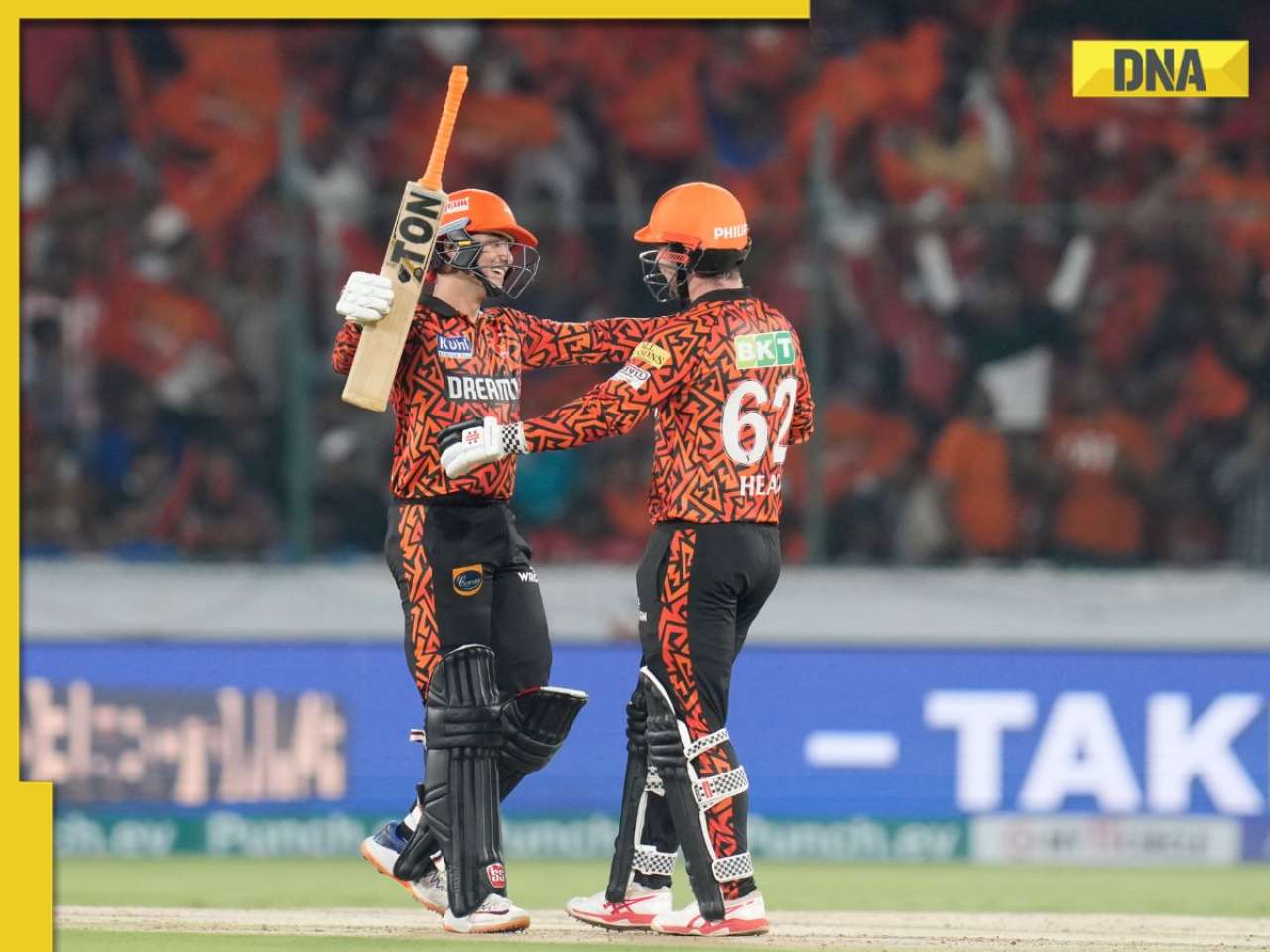
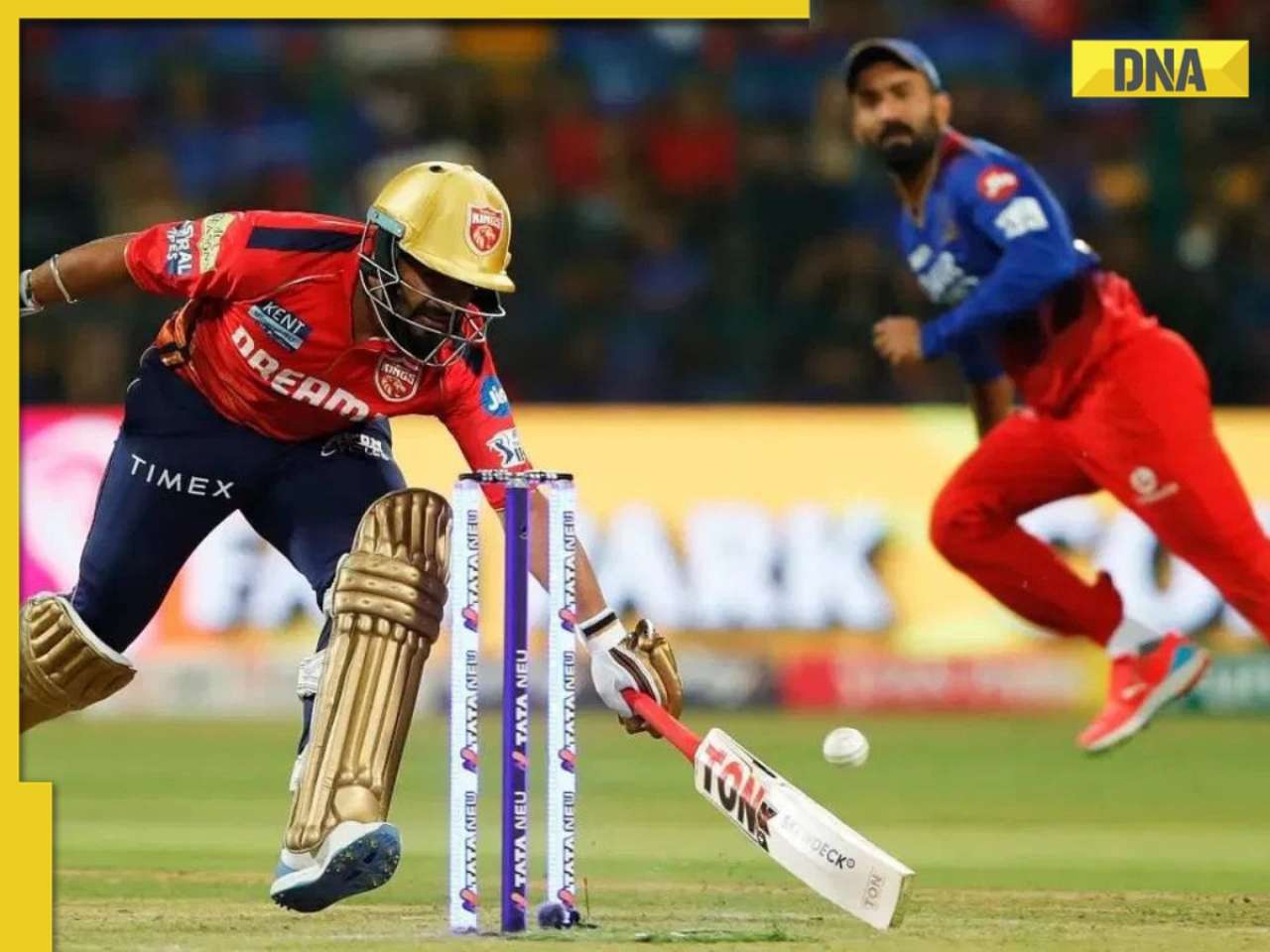
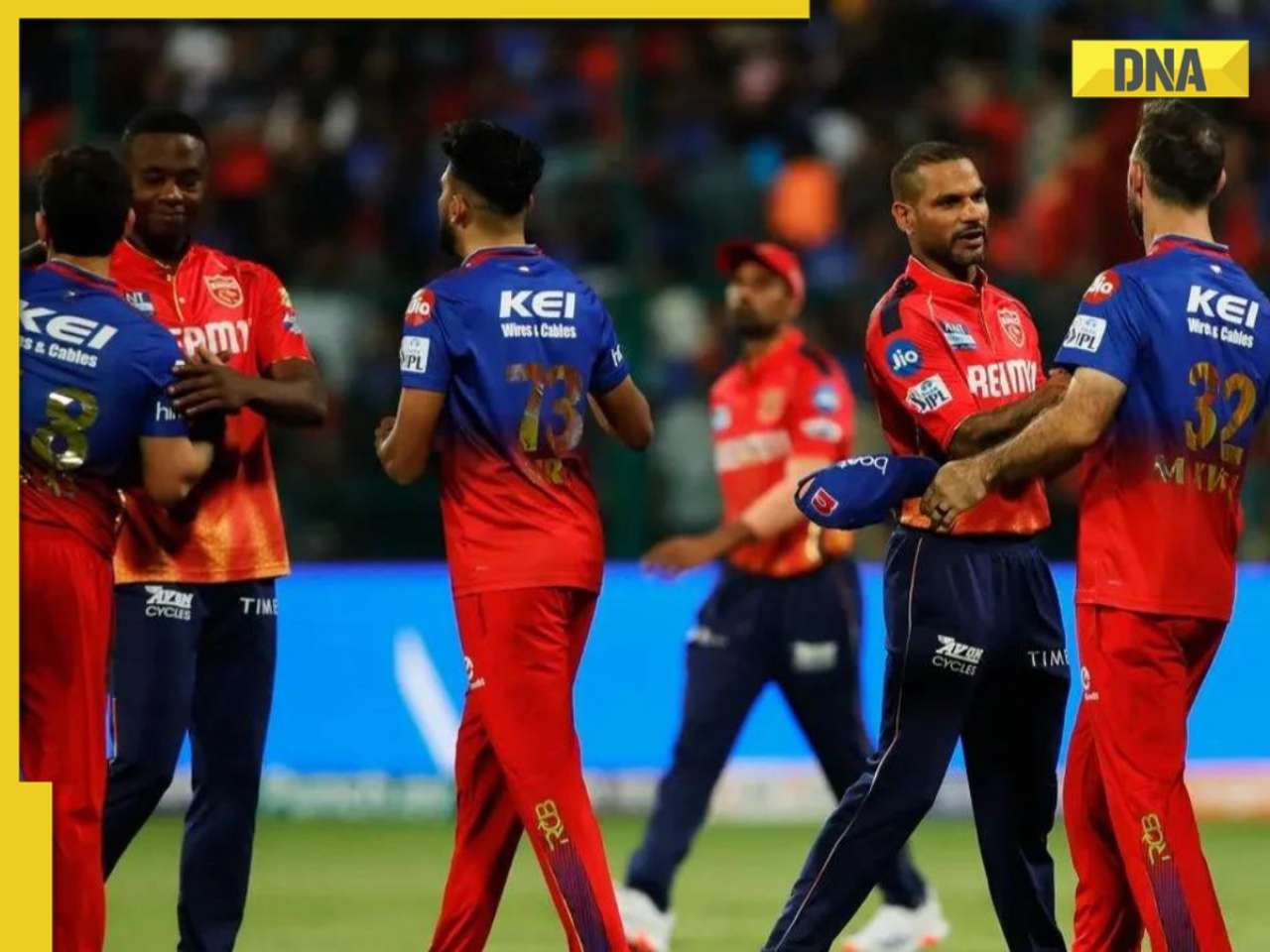

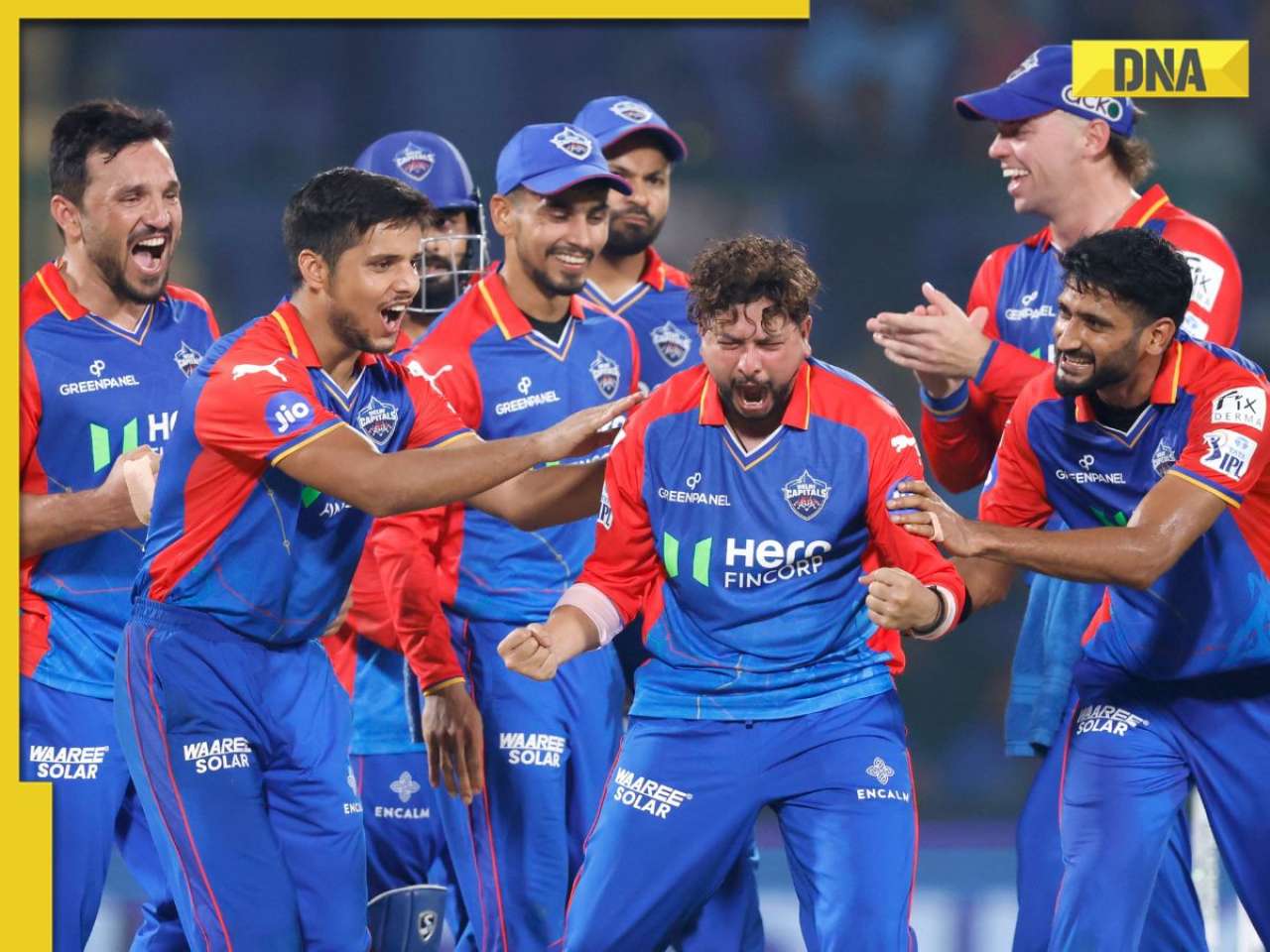

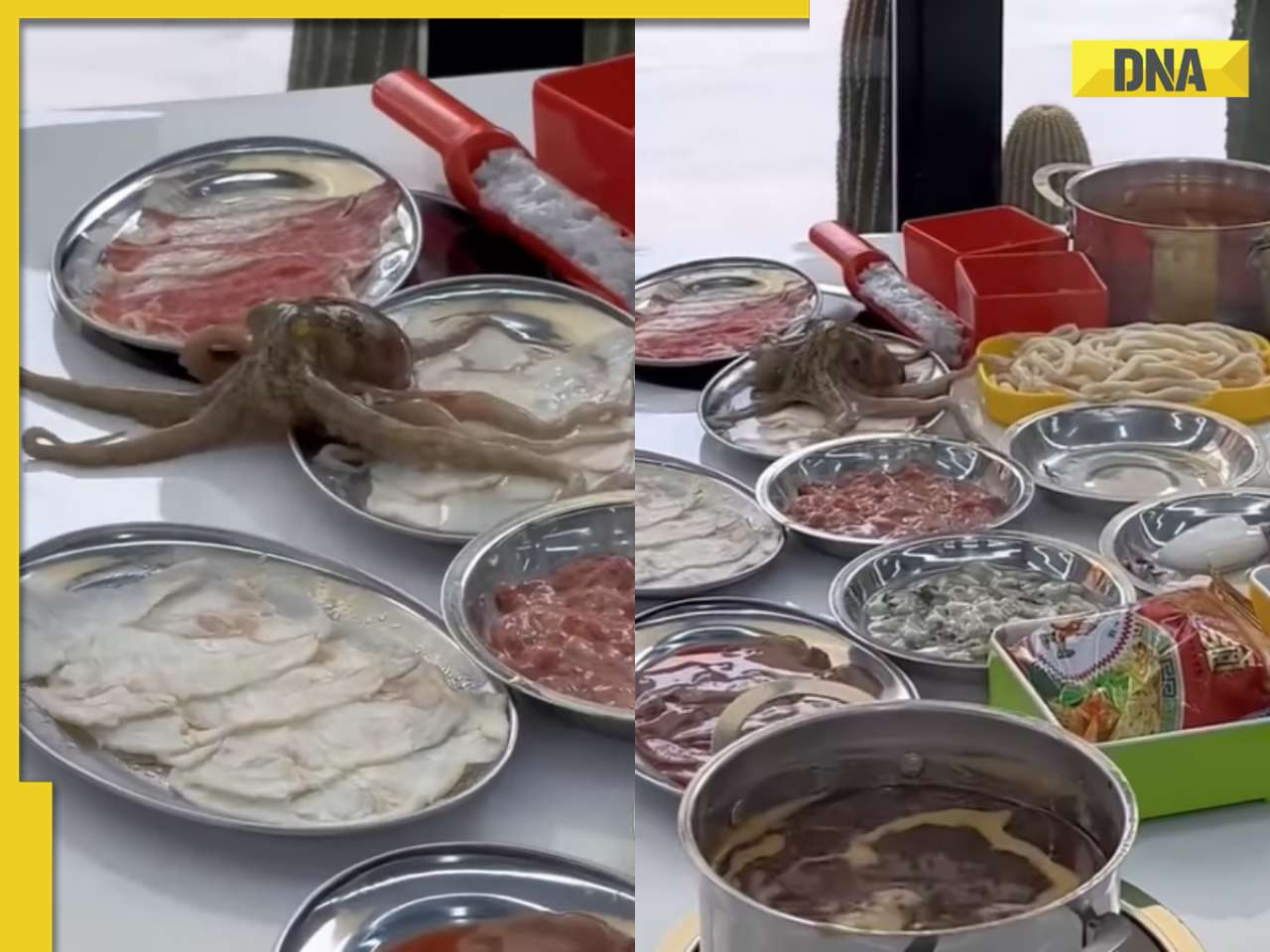


)












)
)
)
)
)
)